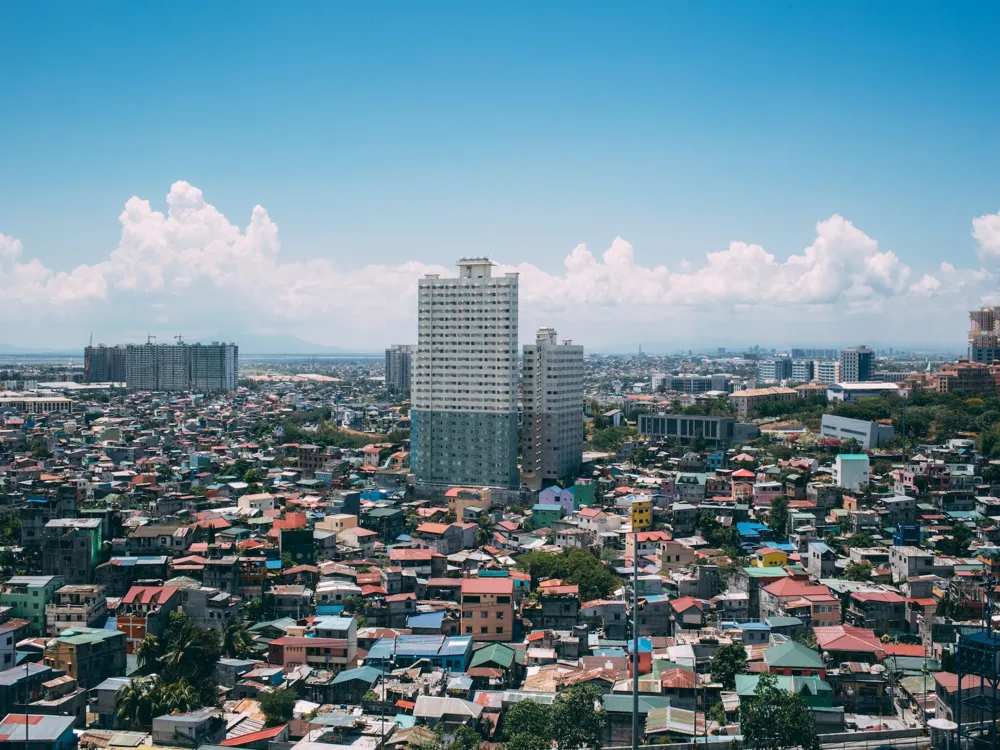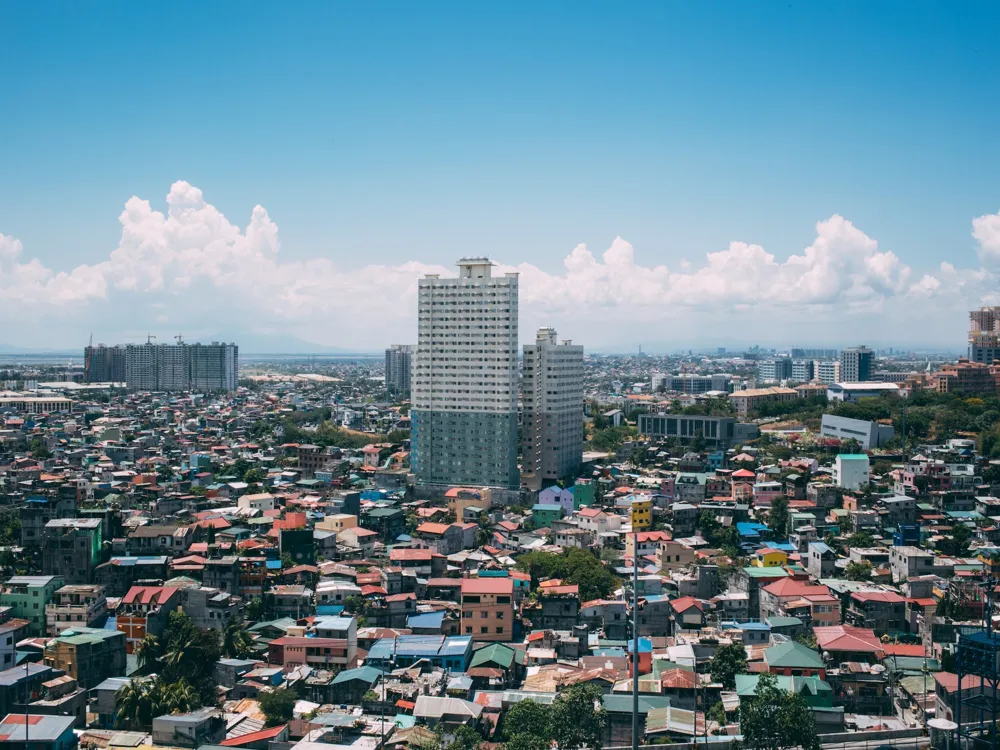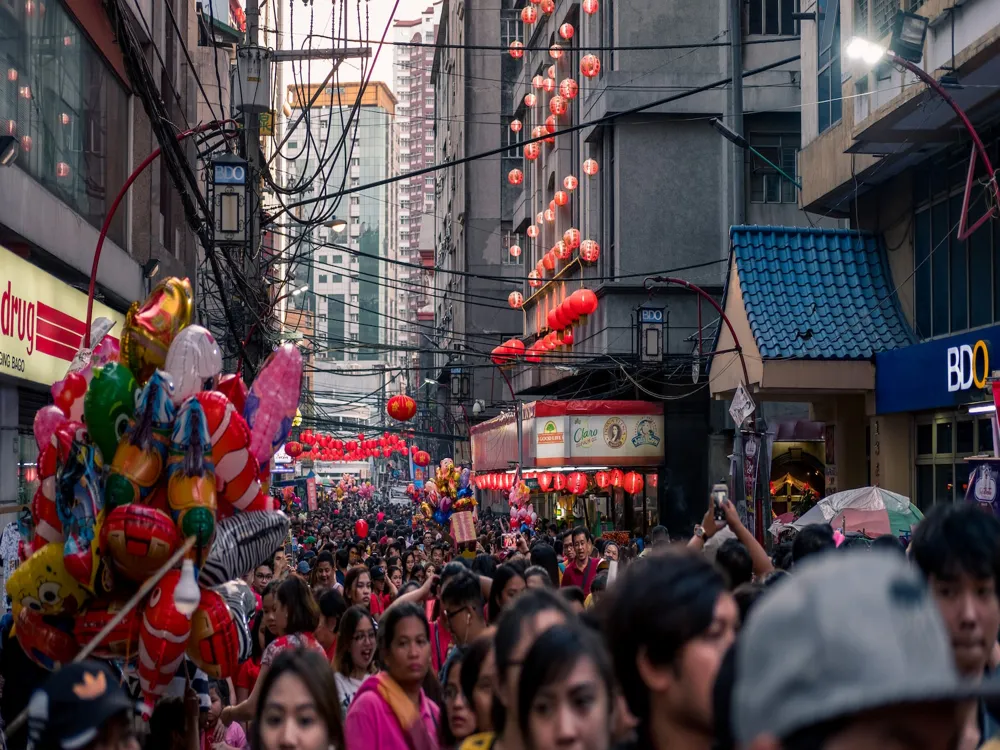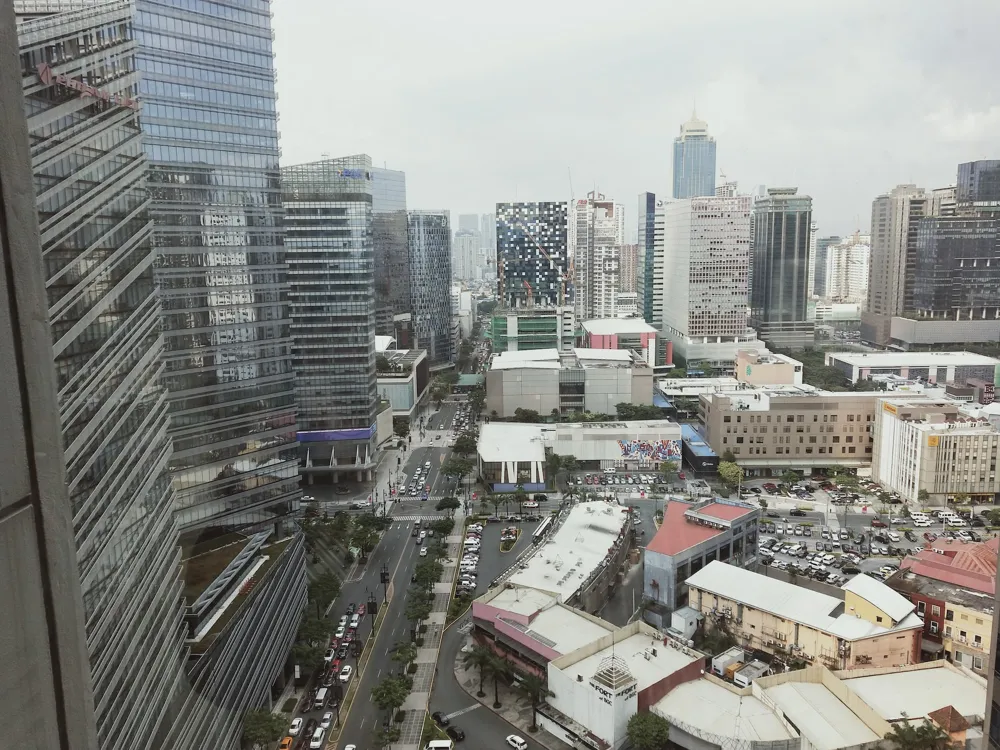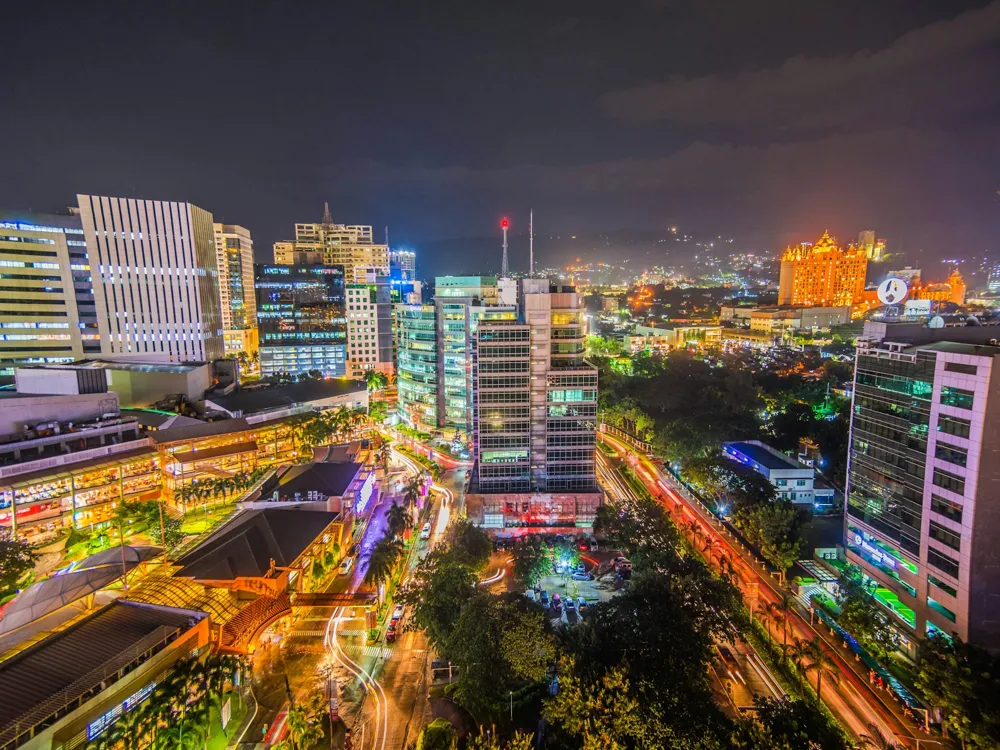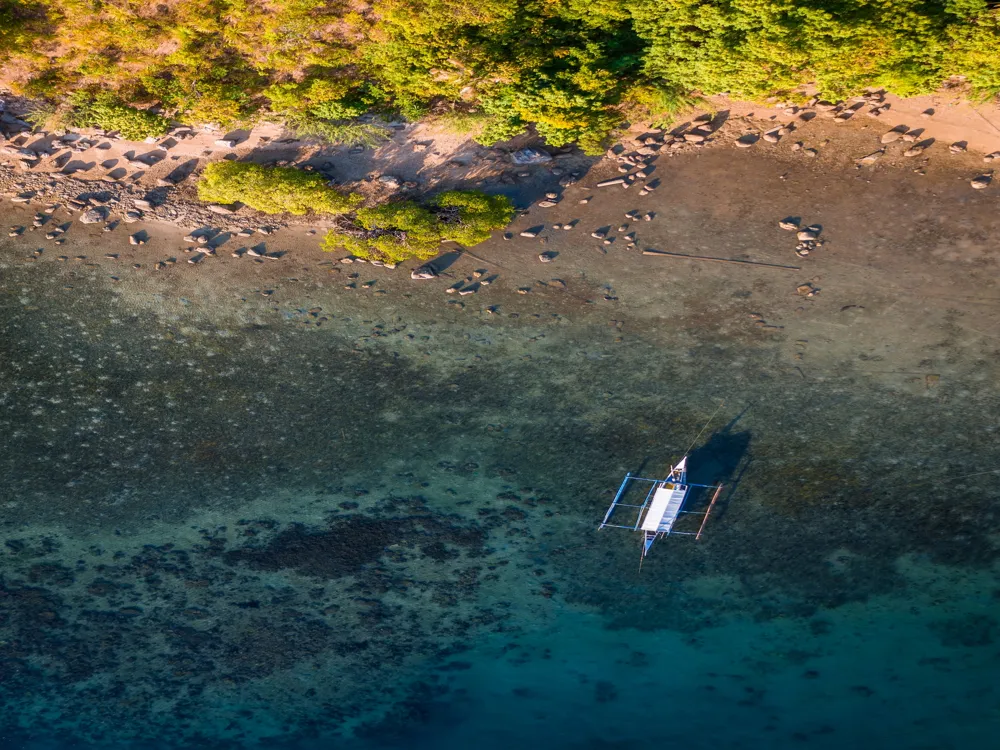Jeepneys, the iconic, vibrantly decorated buses, are more than just a means of transportation in Manila; they are a cultural emblem, reflecting the city's history and the resilient spirit of the Filipino people. Initially made from surplus military jeeps left by the Americans after World War II, these vehicles have evolved into a colorful and vital part of Manila's daily life. A ride in a jeepney is not just a journey; it's an experience that immerses you in the local way of life. The routes of Manila's jeepneys are as diverse as their designs, crisscrossing the city and offering an affordable means of transportation for locals and tourists alike. Each jeepney tells a story, with its unique design, often featuring a mix of religious, popular, and occasionally political iconography, showcasing the artistic talents and sentiments of the Filipino people. Navigating a jeepney ride involves understanding the basic etiquette and fare system, which is a unique aspect in itself. Riders pay their fare by passing their payment to the driver through other passengers, creating a sense of community and interaction among strangers. Jeepney routes cover almost every part of Manila, providing access to both well-known areas and hidden gems of the city. These routes can sometimes be complex, but they offer a window into the daily life and hustle of Manila. Riders will find jeepneys available at major points and terminals, often marked with their specific routes. Riding a jeepney goes beyond just hopping on and off. It's about the interaction with the driver and fellow passengers. A simple 'bayad po' (payment) and 'para po' (stop) are essential phrases, reflecting the courteous and communal nature of Filipinos. A jeepney ride offers an unfiltered glimpse into the local culture. It's where you see the daily grind, the smiles, and the resilience of Manila's inhabitants, all while traveling in a moving piece of art that vibrates with the city's pulse. The architecture of jeepney rides in Manila is a testament to Filipino ingenuity and creativity. Each jeepney is a canvas, often hand-painted and adorned with various decorations, making it a moving piece of folk art. The body of a jeepney is typically elongated, designed to accommodate more passengers, and its open windows ensure ventilation in Manila's tropical climate. The art on a jeepney is not random; it often represents the driver's personality, beliefs, or messages they wish to convey. This can range from religious icons and national heroes to contemporary pop culture references. The interior and exterior of jeepneys are usually embellished with vibrant colors, chrome ornaments, and sometimes even lights and sound systems, turning them into a lively spectacle on wheels. From their utilitarian post-war origins, jeepneys have evolved significantly. Modern jeepneys now incorporate more ergonomic and safer designs while retaining their traditional charm. Recent regulations and modernization efforts are leading to newer models that are environmentally friendlier, yet they strive to maintain the cultural essence that makes jeepneys uniquely Filipino. The push towards modernizing jeepneys involves making them more sustainable and efficient. Electric jeepneys, though still a rarity, are beginning to make their presence felt on Manila's streets, heralding a new era in this traditional mode of transport. The jeepney is not just a vehicle; it's a symbol of Filipino resilience and creativity. Each jeepney ride is an immersive cultural experience, showcasing the vibrant soul of Manila and its people. The artistry involved in jeepney design makes each ride a journey through the diverse tapestry of Filipino life and history. Jeepney fares are typically minimal, but it's important to have small change handy. Fares are usually standardized, but they can vary slightly depending on the distance. Don't hesitate to ask the driver or fellow passengers if you're unsure about the fare. Jeepney routes can be complex, so it's advisable to research your route in advance. You can ask locals for guidance or check online resources and maps. Look for the route signs on the jeepney's windshield, which indicate the main stops and destinations. While jeepneys are generally safe, it's important to be mindful of your belongings. Keep your valuables secure and be aware of your surroundings. Remember to be polite and respectful to the driver and fellow passengers, as camaraderie is a key part of the jeepney experience. Jeepneys can get crowded during rush hours, so plan your trip accordingly. If you're looking for a more comfortable experience, try to avoid peak times. However, riding a jeepney during busy hours can also be a unique experience in itself, showcasing the bustling life of Manila. Reaching jeepney rides in Manila is relatively straightforward. You can find them at designated terminals, major crossroads, and frequent stops along main roads. Many hotels and tourist areas in Manila are also conveniently located near jeepney routes, making them easily accessible for travelers. For specific jeepney routes and locations, local maps, apps, and asking hotel staff or locals are your best resources. In conclusion, the jeepney is more than just a mode of transportation in Manila; it's a cultural experience that connects you to the heart of the city and its people. Whether you're navigating the vibrant streets, soaking in the artistry of the jeepneys, or interacting with locals, each jeepney ride promises a unique and memorable journey through the soul of Manila. Read moreOverview of Jeepney Rides in Manila
Jeepney Routes and Accessibility
Ride Etiquette and Interaction
Experiencing the Local Culture
Architecture of Jeepney Rides
Evolution of Jeepney Design
Sustainability and Modernization
Artistic Expression and Cultural Significance
Tips for Visiting Jeepney Rides
Understanding Jeepney Fares
Navigating Jeepney Routes
Safety and Etiquette
Timing Your Ride
How To Reach Jeepney Rides
Manila Tourism
Best Time to Visit Manila
How to Reach Manila
Things To Do Manila
Jeepney Rides
Manila
₹ 38,599 onwards
View manila Packages
Weather :
Tags : Things To Do
Time Required : 1 - 2 hrs
Planning a Trip? Ask Your Question
Manila Travel Packages
View All Packages For Manila
Top Hotel Collections for Manila

Private Pool

Luxury Hotels

5-Star Hotels

Pet Friendly
Top Hotels Near Manila
Other Top Ranking Places In Manila
View All Places To Visit In manila
View manila Packages
Weather :
Tags : Things To Do
Time Required : 1 - 2 hrs
Planning a Trip? Ask Your Question
Manila Travel Packages
View All Packages For Manila
Top Hotel Collections for Manila

Private Pool

Luxury Hotels

5-Star Hotels

Pet Friendly








